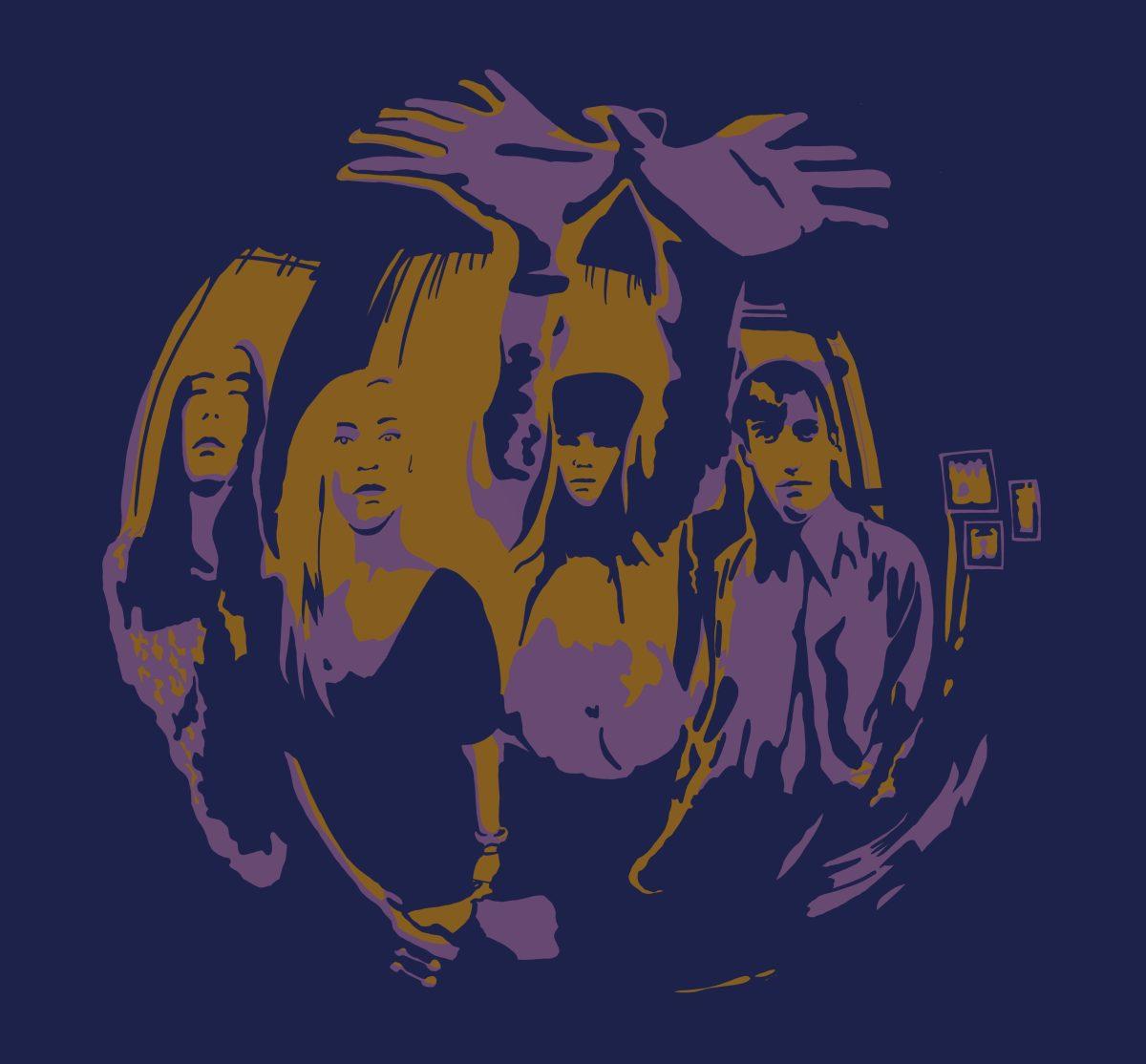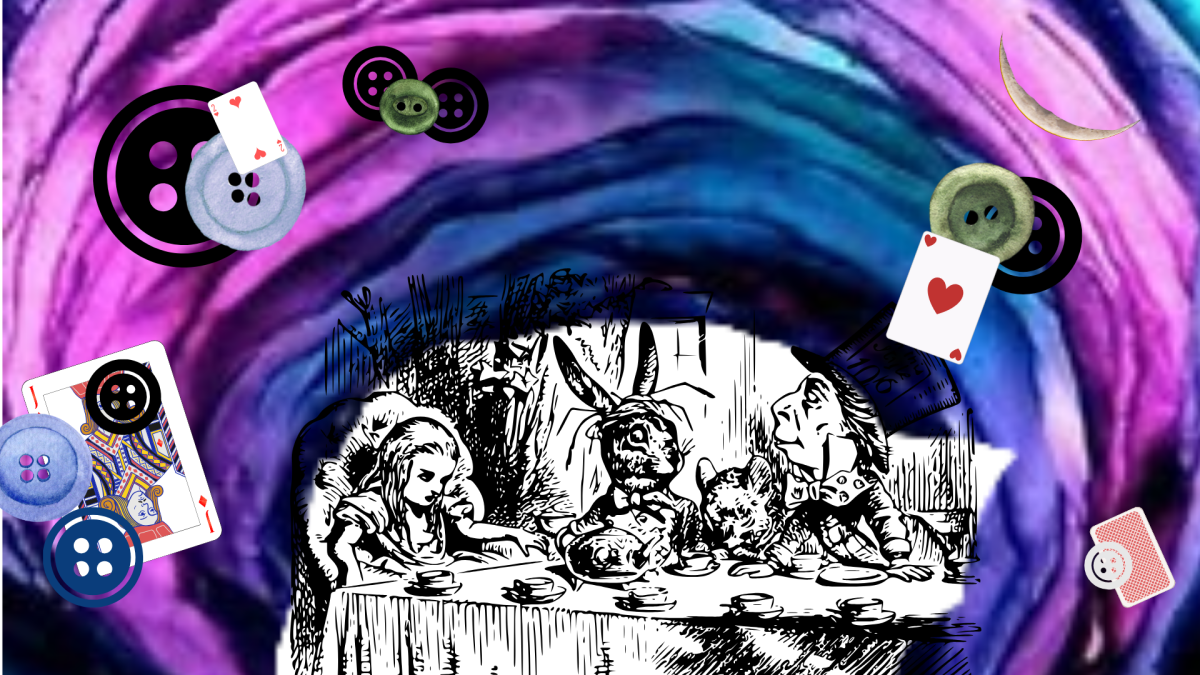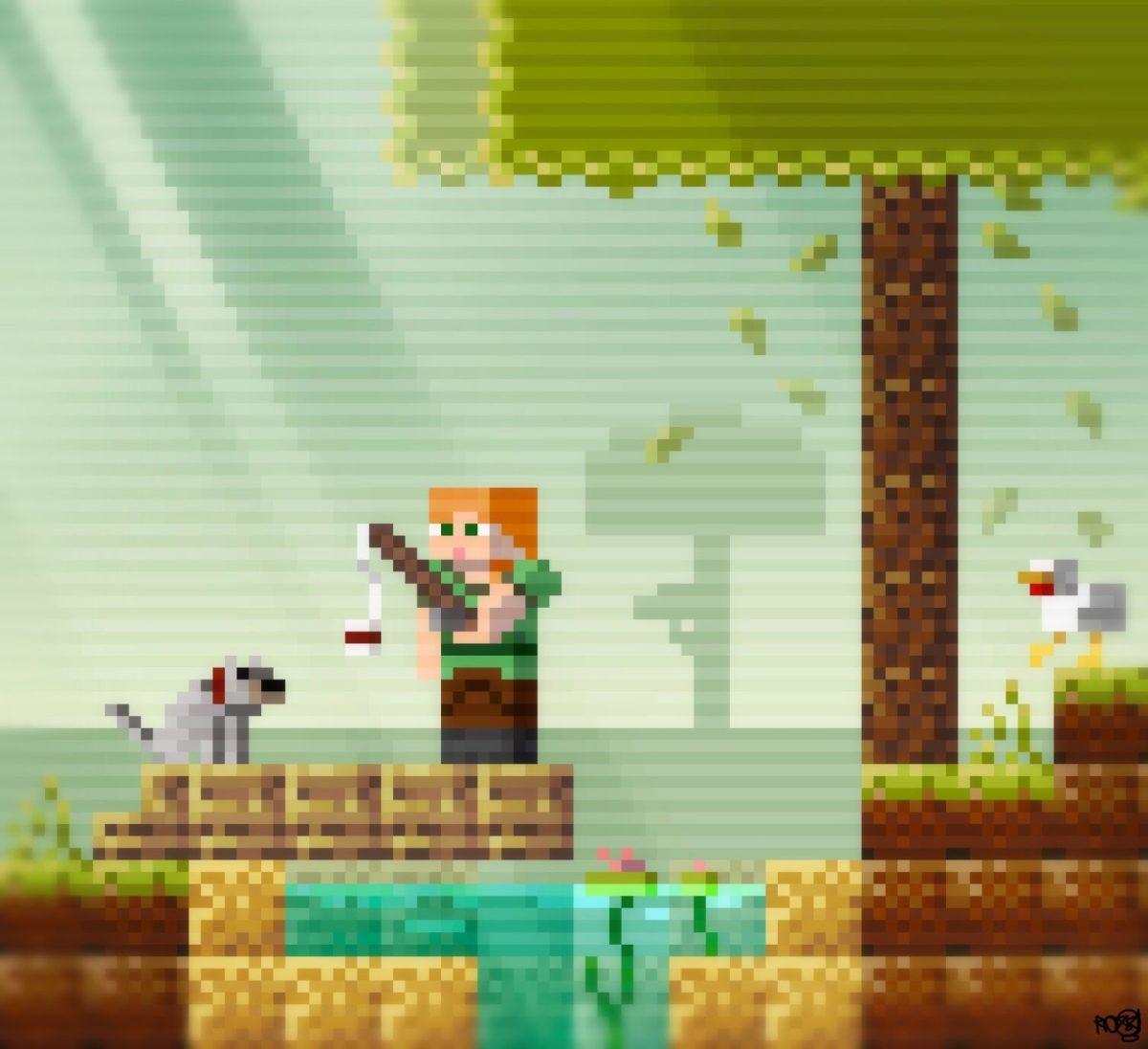The Smashing Pumpkins released their 12th album, “Atum- Act 1” on Nov. 15. “Atum,” pronounced “autumn,” will be released in three parts, totaling 33 tracks. Frontman Billy Corgan has spent the past four years writing and developing this album, which is a supposed sequel to the band’s 2000 album, “Machina/The Machines Of God.”
Corgan has always been notoriously ambitious, with many albums spanning two or more parts and running over two hours long, even during the peak of their commercial success. Regardless, all tracks play a crucial role in the plot of their albums, and every track features well-written lyrics sung by Corgan in his signature growl. After the band’s breakup in 2000 and their eventual return to release “Oceania” in 2012, there has been a distinct change in their music. Although Corgan is still ambitious with their sound, most albums feature uninspiring instrumentals and overly synthesized guitar.
“Atum- Act 1” is a welcome change from this. Although the album will be around their usual length, it’s less overbearing and pretentious as it is broken up into three parts and easier for fans to digest. Corgan’s ambition can once again be seen in “Atum- Act 1,” not only in the length but in the sound as well. The album is described by Corgan as a rock opera in three acts and features layers of synth over the band’s usual rhythmic guitar.
The band has always had a very alternative sound, but “Atum- Act 1” is experimental even for them. The most noticeable difference is Corgan’s vocals, which is likely a welcome change to many as his usual snarl isn’t to everyone’s taste. The vocals featured in “Atum- Act 1” are over-produced, more nasally and jump up and down in pitch frequently. Although these sound like negative traits, they are reflective of the album’s synth-pop nature and pair well with the album’s overly synthesized instrumentals.
Although “Atum- Act 1” isn’t what fans may have wanted or expected, this album is a great addition to their discography, easily overshadowing their two previous albums, “Cyr” and “Shiny and Oh So Bright,” which also began to experiment with new instrumentals but failed to hit their goal. “Atum- Act 1” is progressive in its instrumentals, but most of the lyrics aren’t up to the usual standard of the band, with no apparent narrative or inspiration from their early albums featured. Hopefully a narrative will become apparent over the course of acts two and three of the rock opera.
A few tracks on “Atum- Act 1” stand apart from the rest, the first being “Butterfly Suite.” Between the vocals and the instrumentals, this song shares no hint of previous characteristics of The Smashing Pumpkins’s music but is still striking in its sound. The track begins with Corgan’s nasally vocals and slow and light piano and progresses into heavier guitar and percussion while still featuring the same pitch in vocals. Although a track of this nature is unexpected coming from the band, it holds the pace and quality of their previous sound.
“The Good in Goodbye” is also striking, but for the complete opposite reason of “Butterfly Suite.” This track can be described as the band going back to their roots. The signature rhythmic guitar and Corgan’s regular growl return and they put the synthesizer away for this track. Although these tracks are back to back on the album, their lyrics reflect no connecting plot, which was one of the few drawbacks of the album.
“Hooray!” isn’t necessarily to everyone’s taste, but deserves recognition due to the sheer ambition. The track is the epitome of synth-pop, and sounds nothing like anything the band has produced, featuring heavy synth and no guitar. “Hooray!” reflects The Smashing Pumpkins’ range of sound and their willingness to venture away from their root instrumentals.
Although “Atum- Act 1” may not be to everyone’s taste due to the experimental nature of the overly synthesized instrumentals and vocals, it is a worthy addition to The Smashing Pumpkins’ career. The instrumental range they accomplish is both impressive and striking, and hopefully these traits continue with parts two and three of “Atum.”














